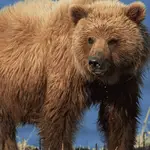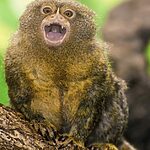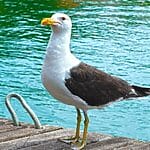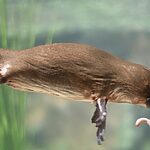Trunks in the animal kingdom represent a remarkable adaptation, notably exemplified by proboscises in various species. Evolutionarily, trunks provide a multifunctional advantage, often evolving for specialized tasks such as feeding, communication, and environmental interaction.
The elephant’s trunk, a fusion of the upper lip and nose, showcases unparalleled dexterity, enabling functions ranging from grasping objects to drawing water. In the marine realm, elephant seals exhibit inflatable proboscises used for vocalization and temperature regulation.
Insects like butterflies and mosquitoes have proboscises adapted for feeding on nectar or blood, demonstrating diverse forms tailored to specific ecological niches.
This convergent evolution underscores the adaptability of trunks, showcasing nature’s creative solutions to environmental challenges, ultimately contributing to the survival and success of various species across the animal kingdom.
The Top 5 Animals with Trunks
1 – The Majestic Elephants
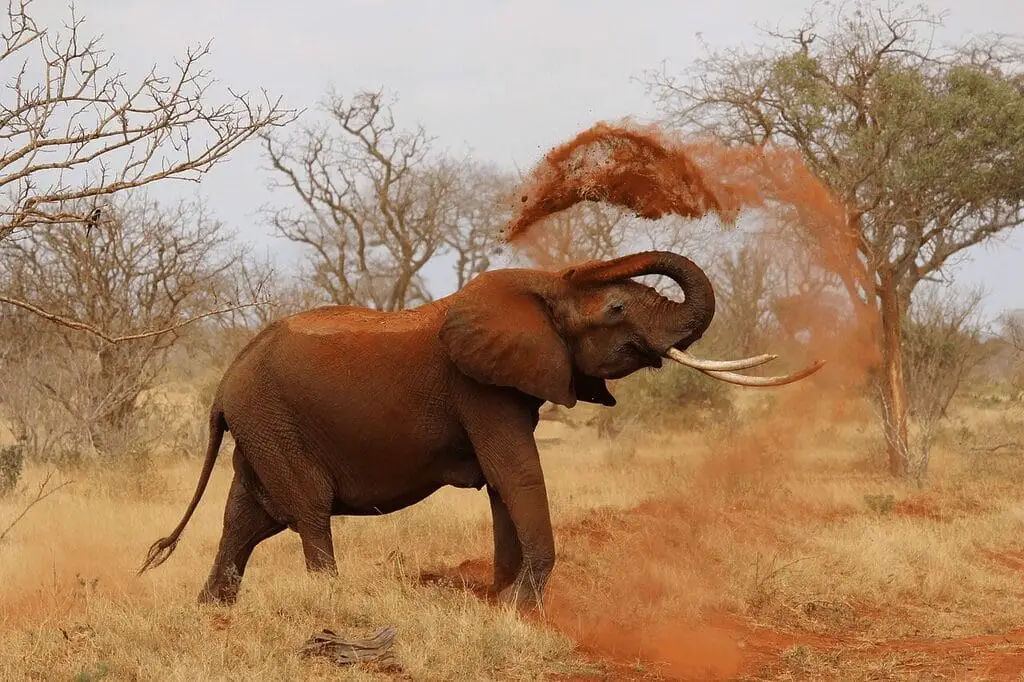
The elephant trunk, a combination of the upper lip and nose, is a marvel of anatomical versatility. Comprising over 40,000 muscles, it functions as a precision tool for various tasks. In feeding, it adeptly plucks leaves or grasps small items, while its sensitivity allows for delicate handling of objects.
Crucially, the trunk serves as a snorkel for swimming elephants. In communication, elephants use their trunks for tactile interactions, expressing emotions through touches and gestures. This multifaceted organ exemplifies nature’s efficiency, allowing elephants to navigate their environment, obtain sustenance, and engage in intricate social behaviors with unparalleled adaptability.
2 – The Resourceful Tapirs
Tapirs possess unique flexible snouts, resembling short trunks, which they employ for various functions. Found in diverse habitats like rainforests and grasslands across Asia and the Americas, tapirs use their trunks to grab leaves, fruits, and aquatic vegetation. Their prehensile noses facilitate efficient foraging and enable them to navigate dense vegetation.
However, tapirs face conservation challenges, including habitat loss due to deforestation and human encroachment, as well as hunting for their meat and hides. Protecting these distinctive trunked mammals is crucial to maintaining biodiversity and preserving the ecosystems they inhabit.
3 – The Curious Proboscis Monkeys
Proboscis monkeys are renowned for their distinctive, elongated proboscises, more prominent in males. This remarkable nasal feature is believed to amplify vocalizations, crucial for communication in the dense rainforest environments they inhabit. The size of the proboscis is also a visual cue for social hierarchy, influencing mate selection and group dynamics.
These primates lead arboreal lives in mangrove and riverine forests, utilizing their unique noses to traverse treetops. Their specialized proboscises highlight the intricate interplay between adaptation, communication, and social structure in the lush rainforest ecosystems where proboscis monkeys thrive.
5 – The Agile Aardvarks
Aardvarks boast unique trunks adapted for specialized feeding. With a tubular, elongated snout, these nocturnal mammals primarily use their trunks to probe termite mounds and anthills, extracting insects with a long, sticky tongue. Their sensitive trunks detect prey vibrations and provide a remarkable sense of smell.
Aardvarks are well-suited for nighttime foraging, evading diurnal predators. Burrowers by nature, they dig intricate underground shelters with their strong limbs, offering protection during daylight hours. A combination of specialized trunk anatomy and nocturnal habits underscores the aardvark’s evolutionary success in navigating the challenges of its African savannah habitat.
Trunk Tales: Behaviors and Adaptations
Communication Through Trunks
Trunks play a pivotal role in intra-species communication among various animals, manifesting in nuanced movements, sounds, and gestures. Elephants, with their highly flexible trunks, employ a rich repertoire of signals. Swaying trunks can express excitement or distress, while trunk-slaps on the ground serve as warnings. Elephants also produce infrasound, which is below the range of human hearing, for long-distance communication.
Similarly, tapirs use their short trunks for tactile interactions as a means of conveying social bonding or dominance. In the primate world, proboscis monkeys rely on their distinctive noses for vocalizations, shaping their social dynamics. The aardvark’s tubular snout detects chemical cues for communication in the dark. These adaptations showcase how the evolution of trunks has facilitated sophisticated means of conveying information crucial for social cohesion, hierarchy, and survival within respective animal communities.
Feeding Techniques and Specializations
Trunks in the animal kingdom serve as versatile tools for foraging, capturing prey, and consuming food, showcasing a fascinating array of adaptations. Elephants, with their remarkable trunks, are herbivores that use them to grasp, strip, and manipulate vegetation. Their dexterous tips enable precision in picking leaves or breaking branches. Aardvarks, on the other hand, deploy their elongated snouts to probe termite mounds and anthills, extracting insects with a long, sticky tongue.
In contrast, the proboscis monkey uses its elongated nose for a different purpose, aiding in the selection and consumption of leaves and fruits from trees. Tapirs utilize their short trunks to grasp aquatic vegetation or pluck fruits from branches in diverse habitats. These adaptations highlight the wide spectrum of diets and feeding strategies among trunked animals, ranging from herbivory to insectivory. The versatility of trunks reflects the evolutionary fine-tuning of appendages to suit the specific ecological niches these animals inhabit, showcasing nature’s ingenious solutions for obtaining sustenance in various environments.
- What Should I Do If A Koala Bites Me? Safety Guide - 2024-05-30
- Are Kangaroos Born Without Hind Legs? A Fascinating Journey - 2024-05-30
- Animals That Look Like Squirrels - 2024-05-30





